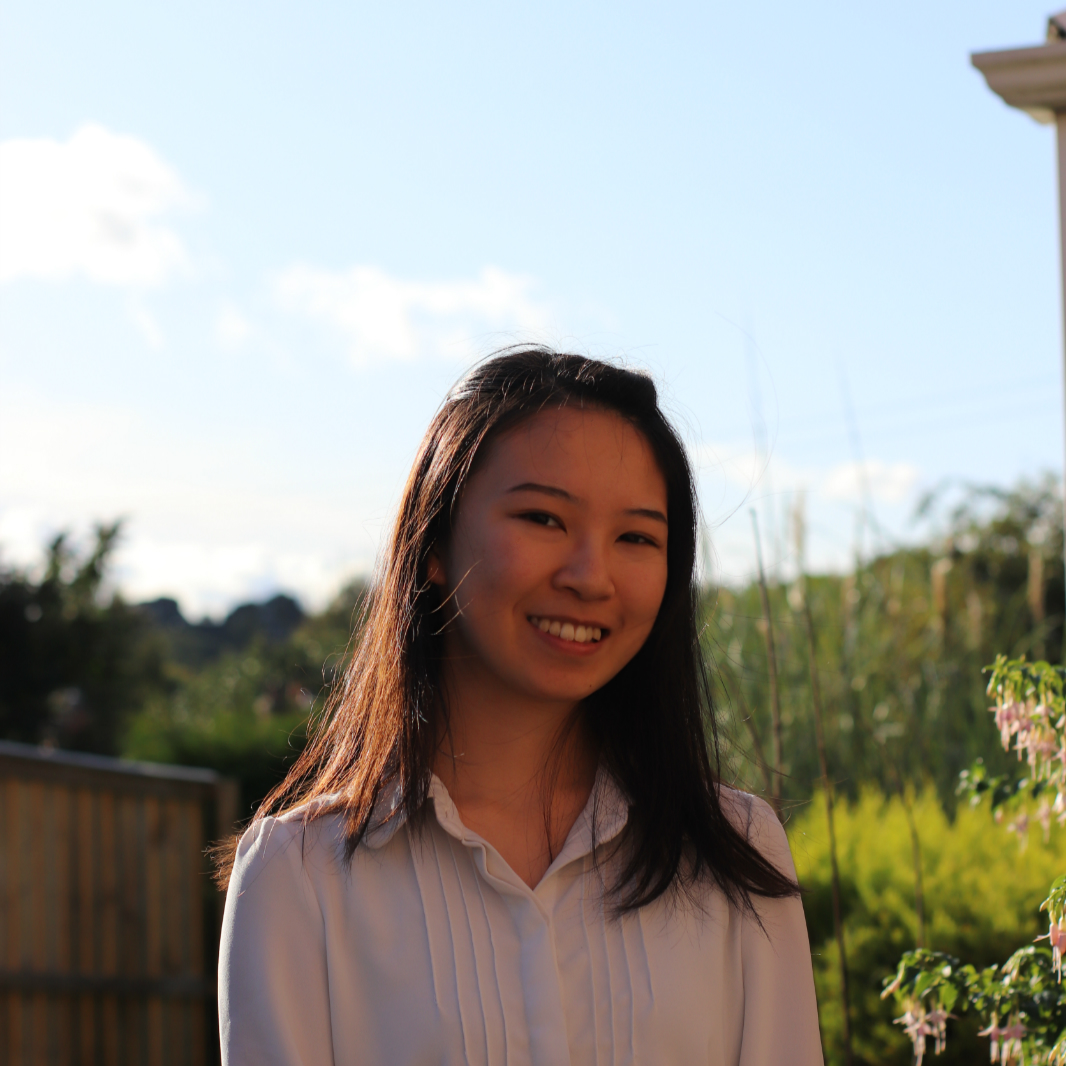In2Se3-based two-dimensional photocatalysts for water-splitting
Published:
TL;DR
2D-In2Se3 as a novel material has shown to be an effectively water splitting photocatalyst experimentally. Fe doping and heterojunction formation with MoS2 could further enhance the photocatalytic water splitting activities of 2D-In2Se3.
Abstract
Photocatalytic water splitting has been a burgeoning field of study due to its potential to change the world’s fossil-based energy structure; however, an ideal photocatalyst has yet to be identified despite years of research. Recent research has revealed that indium selenide (In2Se3) carries great potential in being a promising photocatalytic water splitting catalyst due to its unique intrinsic ferroelectricity, suitability of band structure and ability to be exfoliated into two-dimensional (2D) sheets. It is a relatively less studied material and received little attention as a water splitting photocatalyst.
This work proposed to explore the photocatalytic water splitting chemistry of 2D-In2Se3 experimentally for the first time. Bulk In2Se3 was exfoliated to 2D-In2Se3 by the lithium intercalation method. Photocatalytic testing proved its water splitting activity nearly doubled after the exfoliation. In-depth characterisations, including as TEM, AFM, EPR, XPS and TRPL, were conducted to investigate its structure-activity relationship. Metal doping and heterojunction formation were used as strategies to further improve the activity of 2D-In2Se3 in this research. 5 wt.% Fe-doped 2D-In2Se3 (Fe-In2Se3) by the hydrothermal method has shown the highest activity among the screened metal dopants; Fe-In2Se3 has a nearly three-fold increase of activity relative to 2D-In2Se3. This is believed to be attributed to improved charge separation by the doped Fe3+ on 2D-In2Se3. For the heterojunction structure, 2D-MoS2 was used to form a heterojunction with 2D-In2Se3. The successful spontaneous self-assembly construction of MoS2/In2Se3 was confirmed by TEM-EDX and zeta potential measurements. 1:1 MoS2/In2Se3 (by weight) was the optimal experimental ratio with an improved photocatalytic activity compared to the calculated average value of the two materials. The improved activity is ascribed to the formation of type-II heterojunction as proven by experimental band structure alignment (by Tauc plot and UPS), which further leads to prolonged exciton lifetime as shown in TRPL analysis.
